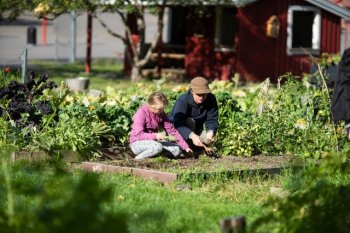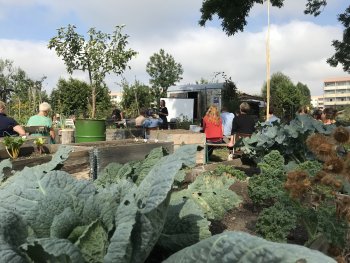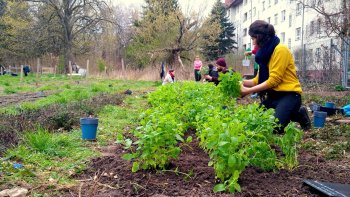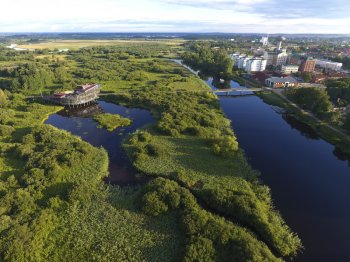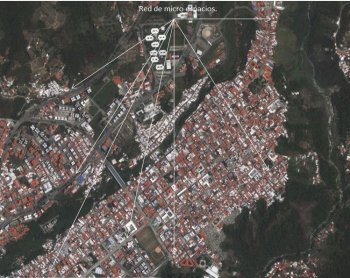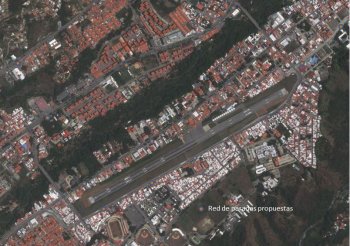Linderud Community Garden
Developing the communal area as a social meeting place for the local neighborhood, strengthening the community feeling and building a sense of ownership of the area. By providing growing space to different local entrepreneurs, the garden supports the local green economy and helps building a network of initiatives with different social impact.

